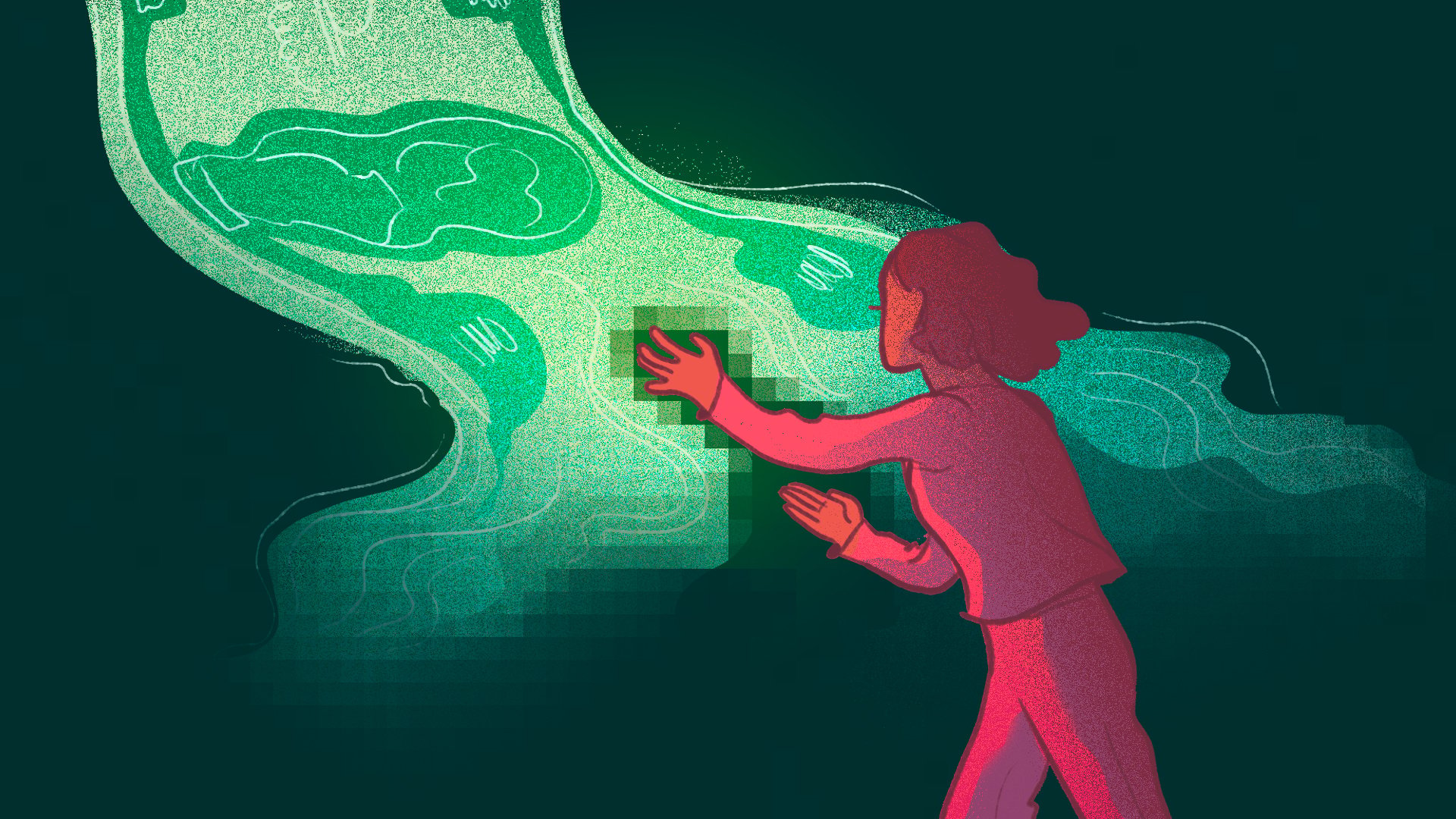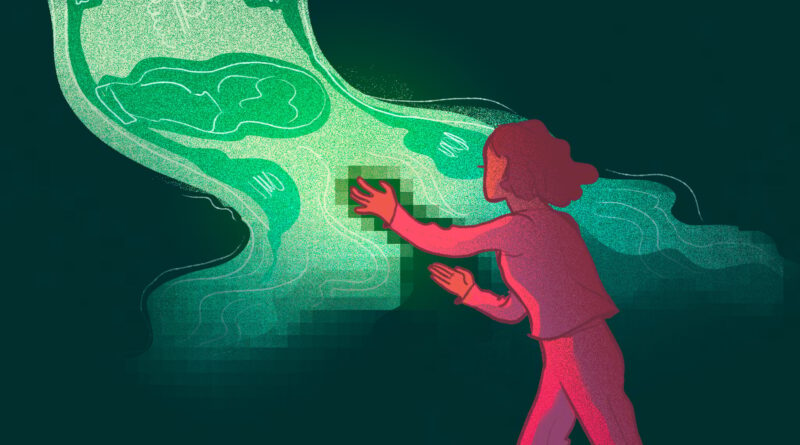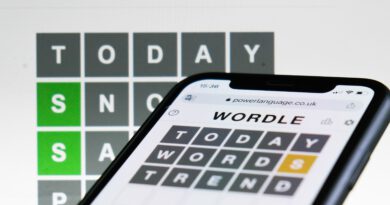Confused about federal student loan forgiveness? Here’s what you need to know.

With a cumulative federal student loan debt of $ 1.6 trillion held by more than 45 million borrowers — an almost unfathomable figure shared periodically by the federal government — the nation and its post-graduate borrowers are pining for some relief.
Student loan forgiveness has been a hot congressional topic, peaking in response to the added financial constraints of the COVID-19 pandemic and successive attempts by federal actors to alleviate, or continue, the often devastating loan burden.
As the nation’s student loan debt is used as a political bargaining chip, the potential for confusion is high amid the changing programs, complex payment processes, and sheer volume of loans, payment plans, and economic policies — especially as promises of forgiveness are pledged and struck down.
Here’s the rundown of where student loan forgiveness, and repayment, stand.
Are student loan repayments still paused?
On March 13, 2020, addressing rising concerns about the COVID-19 pandemic, Biden issued an official administrative forbearance, or pause, on federal student loan payments. The administration also set all interest, which would normally accrue even while loans were in a forbearance period, to zero percent. The pause did not apply to privately-held student loans.
In 2021, the administration and the acting secretary of education extended the student loan repayment pause and zero interest, writing, “Too many Americans are struggling to pay for basic necessities and to provide for their families. They should not be forced to choose between paying their student loans and putting food on the table.” The U.S. Department of Education also extended the parameters of the forbearance to include some privately-held loans, such as those under the Federal Family Education Loan (FFEL) Program.
With this announcement, the continued forbearance applied to all federal Direct Loans (defaulted and nondefaulted), FFEL Program loans (defaulted and nondefaulted), Federal Perkins Loans (defaulted and nondefaulted), defaulted FFEL Program loans not held by the Department of Education, and defaulted loans through the Health Education Assistance Loans (HEAL) program.
The pause was extended several more times through 2022 and early 2023, despite continued pressure from congressional Republicans. In May, as part of a legislative deal to raise the national debt ceiling, the forbearance period was called to an end, and Biden was blocked from extending the period yet again.
Student loan interest will begin accruing again on Sept. 1, 2023. Student loan payments will restart in October.
What’s the status of Biden’s $ 400-billion forgiveness plan?
In 2022, Biden announced the biggest student loan forgiveness plan yet, pledging to forgive up to $ 20,000 for individual lower- to middle-income borrowers. The forgiveness plan relied on the Higher Education Relief Opportunities for Students (HEROES) Act of 2003, which gives the secretary of education authority to adjust student loans in response to a national emergency. Under this one-time plan, borrowers earning less than $ 125,000 annually would be eligible for $ 10,000 in loan forgiveness after applying. Borrowers who had taken out need-based Pell Grants could apply for an additional $ 10,000 cancellation, for a total loan forgiveness of $ 20,000.
Following an application period in October 2022, 16 million Americans were approved for the forgiveness plan, but the Biden administration’s effort was quickly met by several legal challenges. Many borrowers were also confused by a series of emails that incorrectly identified eligible borrowers.
In February, two lawsuits issued against Biden’s plan went to the Supreme Court, challenging Biden’s use of the HEROES Act. The first case (Biden v. Nebraska) was issued collectively by six states: Nebraska, Arkansas, Iowa, Kansas, Missouri, and South Carolina. The second (Department of Education v. Brown) is a Texas-based case issued on behalf of two individual borrowers.
In June, the Supreme Court ruled in favor of the states in Biden v. Nebraska, deciding that federal law does not allow the Biden administration to unilaterally cancel student debt.
Because of this decision, the $ 400-billion forgiveness plan has been canceled. Student loan forgiveness cannot move forward under this plan, even if an individual submitted an application and was deemed eligible for forgiveness.
What is Biden’s SAVE plan?
Immediately following the court decision, the Biden administration announced a new repayment plan, intended to create an affordable payment option for the majority of borrowers. Known as the Saving on a Valuable Education (SAVE) plan, the income-driven repayment plan “will cut borrowers’ monthly payments in half, allow many borrowers to make $ 0 monthly payments, save all other borrowers at least $ 1,000 per year, and ensure borrowers don’t see their balances grow from unpaid interest,” according to the White House.
Details of the plan include:
-
Borrowers earning under 225 percent of the federal poverty level — the annual equivalent of a $ 15 minimum wage, according to the Department of Education — will not have to make monthly payments.
-
Undergraduate loan payments will be cut from 10 percent to five percent of the borrower’s discretionary income.
-
For borrowers with starting loans of $ 12,000 or less, remaining loan balances will be forgiven after 10 years of payments, rather than 20.
-
Borrowers won’t be charged with unpaid monthly interest.
While student loan repayment begins in October, the new lowered payments under the SAVE plan will not go into effect until July 2024.
All student borrowers in repayment will be eligible to enroll in the SAVE plan. Borrowers already enrolled in a Revised Pay as You Earn (REPAYE) plan will be automatically enrolled in the new SAVE plan.
To learn more about the SAVE plan, read through the SAVE plan fact sheet or visit the income-driven repayment plan site.
Who is affected by the recent student loan settlements?
In addition to the ongoing efforts to cancel federal student loan debt for general borrowers, civil settlements might affect those with both federal and private loans.
On July 25, the Biden administration approved $ 14.7 billion in debt relief for 1.1 million student loan borrowers “whose colleges took advantage of them or closed abruptly.” It also announced it would be forgiving $ 130 million in student debt for 7,400 borrowers who attended CollegeAmerica, a now-defunct private institution that was accused of misleading borrowers about loans.
In April, the U.S. Supreme Court gave the green light to a $ 6-billion student loan debt cancellation settlement brought forth by students of 151 for-profit educational and vocational institutions. After these institutions were found to be misleading their student borrowers and saddling them with higher debt, the Department of Education pledged to forgive the debts of affected borrowers.
Eligible borrowers who attended one of these colleges and applied for a borrower defense loan discharge — a federal claim on behalf of borrowers who allege they were defrauded by their schools — on or before June 22, 2022, are entitled to automatic relief. Some borrowers may also be reimbursed for previous payments.
Visit the Federal Student Aid or Department of Education sites to learn more about ongoing cases and recent borrower defense updates.
Are there any other forgiveness plans in the works?
In an announcement following the Supreme Court decision, Biden announced a potential path forward for nationwide student loan forgiveness under the Higher Education Act of 1965, a similar provision to the first law invoked for student loan forgiveness but with more expansive language, giving the secretary of education the authority to “compromise, waive, or release any right, title, claim, lien, or demand, however acquired, including any equity or any right of redemption.” Some congressional Democrats, including Sen. Elizabeth Warren and Rep. Alexandria Ocasio-Cortez have argued for using this law to grant widespread student loan forgiveness.
As of July, the Biden administration has yet to provide further information about this route.
Status of Income-Driven Repayment (IDR) plans
In April 2022, the Biden administration and Department of Education announced that the department would retroactively help borrowers who struggled to repay student loans due to poorly managed Income-Driven Repayment (IDR) plans, following several investigative reports and lawsuits alleging administrative failures left borrowers in decades-long limbo. At the time, the department planned to apply a “one-time account adjustment” to give borrowers credit for any time spent in what it considers unjustifiably long forbearances. It would also provide immediate debt cancellation for at least 40,000 borrowers who now qualified for Public Service Loan Forgiveness under new guidelines. Several thousand borrowers would also qualify for debt cancellation under adjusted IDR.
In July, Biden formally announced an even larger pool of eligible borrowers who would receive automatic debt erasure due to IDR plans. More than 804,000 borrowers are set to be notified of forgiveness, totaling $ 39 billion in federal student loan debt.
Assistance for the majority of federal student loan holders
Following the cancellation of Biden’s student loan forgiveness plan, the Department of Education announced it would be instituting a 12-month “on-ramp” period for borrowers whose payments would resume in October. During this period — running from Oct. 1, 2023, to Sept. 30, 2024 — “financially vulnerable” borrowers will not be considered delinquent, reported to credit bureaus, placed in default, or referred to debt collection agencies if they miss a monthly payment.
Federal resources
For more information on the status of your personal loans, visit the Federal Student Aid (FSA) website, as well as the website of your loan servicer. Servicer information can be found on your Federal Student Aid profile.
For general information on federal student loans, visit the FSA Loan Repayment Page.
Learn more about how to avoid falling for student loan repayment scams as you revisit your repayment plans.
The Consumer Financial Protection Bureau also provides resources on student loans and repayment, including the basics on finding information on your personal loans, deciding between repayment options, and even a guide to key terms borrowers will come across.
Additional resources
While borrowers should turn towards the Department of Education, a Federal Student Aid site, or their own loan servicer directly for information, reputable third-party sites may provide additional context for student loan borrowing and payment.
Financial websites like NerdWallet publish a variety of student loan resources, including accessible guides to repayment plans; NerdWallet also hosts a podcast, Smart Money, that dives into the student loan debate.
The American Bar Association has published a list of organizations, like the National Consumer Law Center’s Student Loan Borrower Assistance Project and Equal Justice Works, that provide both information and support for borrowers.
Advocacy groups and nonprofits like the Student Debt Crisis Center, which advocates for debt-free education and the cancellation of nationwide student debt, also provide resources for student loan borrowers.
Mashable will update this story as the status of federal student loan forgiveness continues to change.
Want to more helpful Social Good stories in your inbox? Sign up for Mashable’s Top Stories newsletter today.


